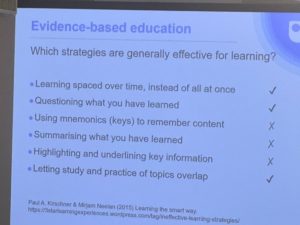Taking further steps with the TACCLE4-CPD project – Part Two: Revisiting the legacy of the Learning Layers project
With my latest blog I started a series of blog posts with which I want to take further steps with the ongoing EU-funded TACCLE4-CPD project. Already in December I had posted of our kick-off meeting and shared some links to videos that presented the work of earlier TACCLE projects (that equipped teachers with capability to use digital tools and to create online content for their teaching). Now, the current TACCLE project – the fourth one – is focusing on continuing professional development (CPD). The partners from different countries focus also on different educational sectors (general education, adult education, vocational education and training (VET)). Moreover, the partners bring into the project different background experiences in introducing digital tools and web resources as well as enabling the practitioners to reach e-maturity in their own context.
In my previous post I gave a nutshell description, how our institute (Institut Technik & Bildung, ITB) positions itself in the project as the partner responsible for the field of VET. With this post I try to give an idea, how we worked in the predecessor project Learning Layers (LL), and how we have been able to build on the legacy of the project and its successor activities. In particular I will highlight the training activities and the piloting with the digital toolset – the Learning Toolbox (LTB).
The role of training campaigns in promoting e-maturity – the case of Bau-ABC
Initially the Learning Layers (LL) project was launched primarily as an ambitious co-design project – with a Europe-wide consortium and with multiple development agendas to be implemented in the pilot sectors Construction and Healthcare. The key impulses were given in the first Design Conference in Helsinki, in which also the idea of digitisation of training and learning materials of Bau-ABC was taken on board. However, in practice the co-design process turned out to be more complicated than expected (see below).
In the light of the above it was of vital importance for the Construction pilot that we started the Multimedia training activities in Bau-ABC at a relatively early phase – with a smaller number of pioneering trainers who volunteered to participate in training workshops that took place on Friday afternoons and Saturday mornings. In the first phase of these training sessions the participating trainers got an overview on the most important digital tools and enhanced their skills in producing and editing videos. For a short interim period they continued to engage themselves with digital media in Friday afternoon sessions. Then, at a crucial phase in the project work the trainers initiated a training scheme for the whole organisation – based on the idea of “Theme Rooms” to be visited in a series of workshops. This idea was put into practice at the end of the year 2015 as a joint effort of ITB researchers and the pioneering trainers. In the final phase of the project we knew that these training campaigns were of vital importance for the co-design process and for the pilot activities. Therefore, I produced already in 2016 a digital overview on the evolution of the training activities – using a moodle ‘course’ as the means of presenting the different phases and respective actions. Below I share the link to this moodle overview:
The “Theme Room” training in Bau-ABC Rostrup – from the origins to the implementation in 2015
(Please use the guest login to access the overview.)
Learning Toolbox – from digitisation of training materials to a flexible toolset with many applications
As has been mentioned above, the co-design process in the Construction pilot (and in particular in the Bau-ABC) started with the idea to digitise the training and learning materials – hitherto collected into the “White Folder”. However, after a rather short explorative phase, the process took a new course – to develop a digital toolset (that can be used with mobile devices) – the Learning Toolbox (LTB). Here, it is worthwhile to not that the explorative phase helped to put an emphasis on supporting workplace-based learning of the users. This process was carried out – parallel to the training campaigns – and completed with a viable product that the Bau-ABC trainers could use. Primarily they presented working & learning tasks, share relevant knowledge resources and managed training-related communication. Parallel to this, the first applications were developed, in which LTB was used to support the coordination and management of construction work and related communication on a construction site.
Based on this founding phase, Bau-ABC has continued with its internal follow-up activities, whilst new challenges have come to picture in projects that extend the use of LTB to construction work in decentralised work organisations (and decentralised training and learning within continuing vocational training).
Moreover, a very different context for using LTB has been discovered in the conferences of former LL partners. In the Helsinki conference of the Association for Medical Education in Europe (AMEE) in 2017 the LTB was used to reshape the poster area and to shift the emphasis from paper posters to ePosters that were shaped with the LTB. In some other conferences in 2017 a different approach is introduced with a limited number of hybrid posters or hybrid presentations that are linked to LTB-stacks. In this way the use of LTB is spreading to other contexts.
For our present discussions in the TACCLE4-CPD project I have prepared a similar moodle-based overview on these developments. Below I share the link to this latter moodle overview:
Learning Toolbox (LTB) pilot and follow-up (2014 – …)
(Here again, please use the guest login to access the overview.)
—
I guess this is enough of the legacy we bring to the TACCLE4-CPD project from the predecessor project Learning Layers. In particular the latter overview shows that the Learning Toolbox (LTB) is not only viable but also transferable – in the original contexts and in new ones. Therefore, I have to keep my eyes open to see, what all we can learn from the transfer activities.
More blogs to come …
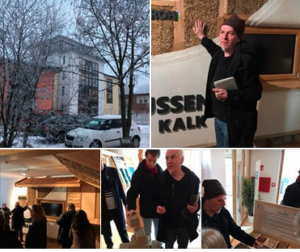
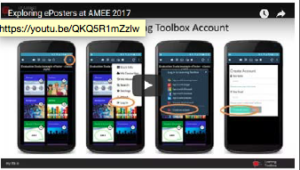
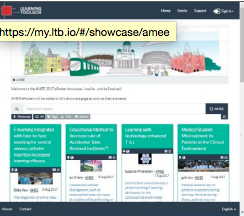
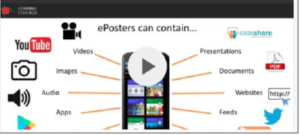
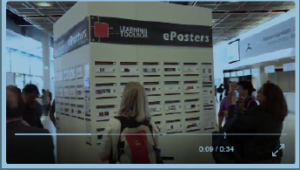
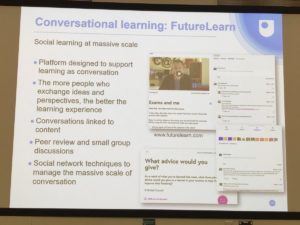 don’t have the money to pay for fees and travel (let alone beer) in attending these events. I am not sure that I actually miss the conferences themselves, but I do miss meeting friends and catching up with what is going on.
don’t have the money to pay for fees and travel (let alone beer) in attending these events. I am not sure that I actually miss the conferences themselves, but I do miss meeting friends and catching up with what is going on.